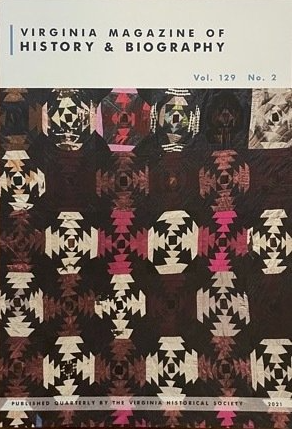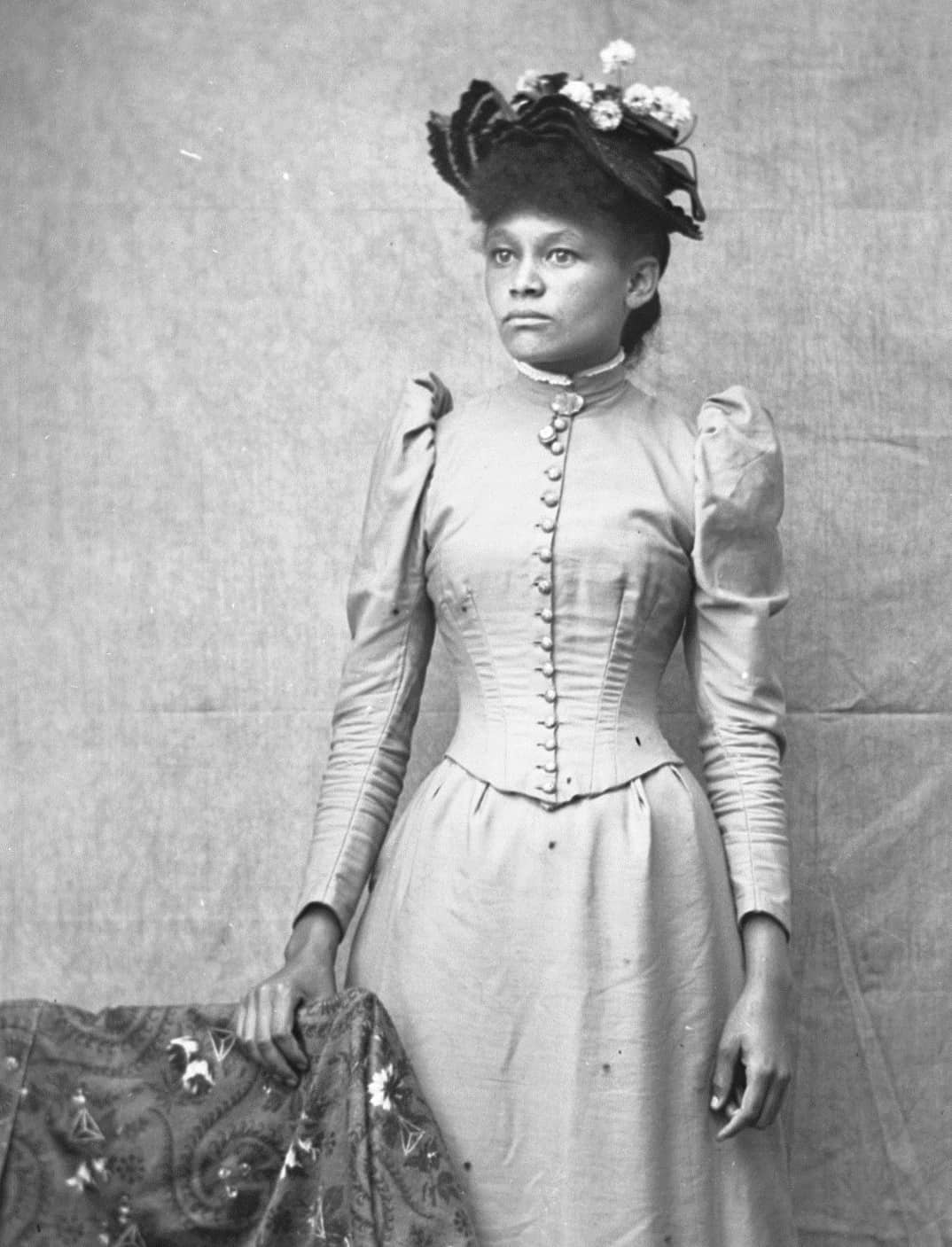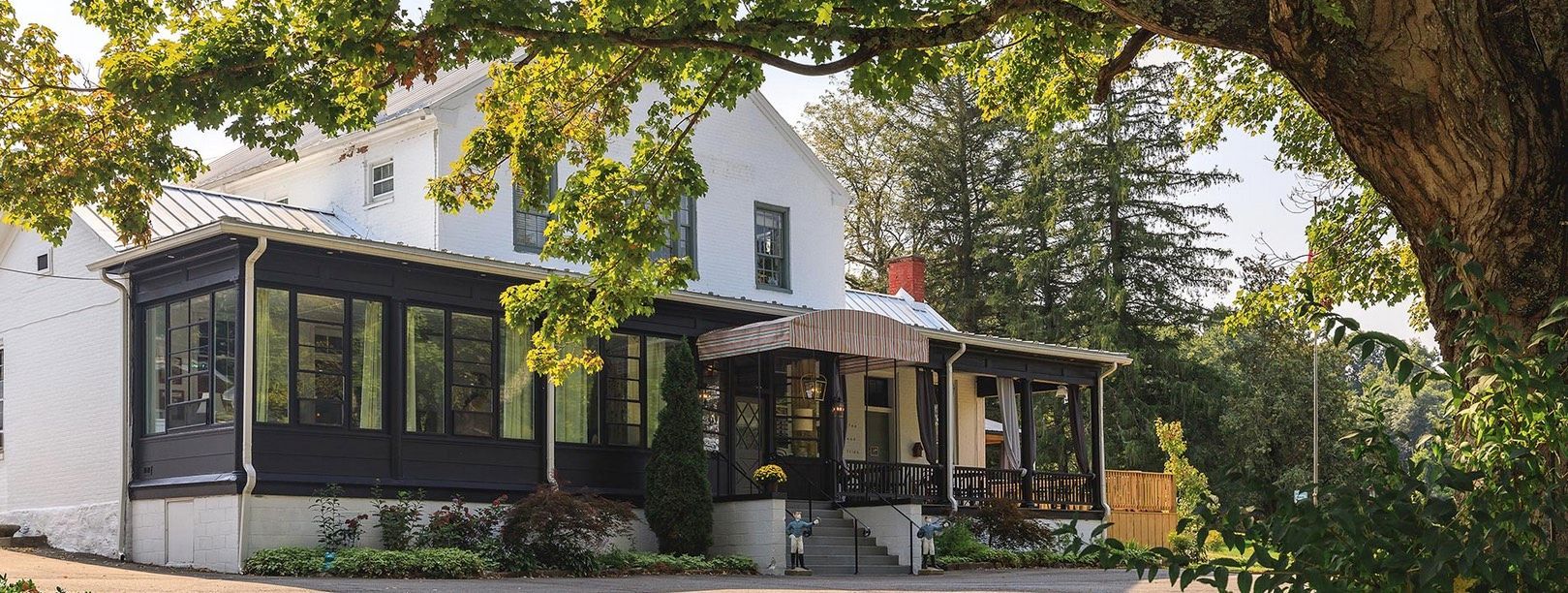Virginia Magazine of History & Biography Vol 129 No. 2
From Enslavement to Entrepreneurship in Appalachian Virginia
Beautiful and sassy, Alice Bolden was used to getting her own way. One hot summer day in 1932, she sashayed out of her family’s home in the black community of West Warm Springs, Virginia, wearing shorts. Her mother, Elizabeth Morris Bolden, looked up from her gardening. Mother and daughter locked eyes.
As the personal maid of a wealthy white woman, Alice spent summers at her employer’s mountain farm in Appalachian, Virginia, where her own family had deep roots. But Alice wintered with her employer in Montclair, New Jersey, and there, the willful young divorcée had learned new ways. She dyed her hair red, smoked unfiltered Camels, and spent her free time at Harlem jazz clubs, listening to Cab Callaway and Duke Ellington and sipping Four Roses whiskey. Alice had inherited a passion for nightlife and fashionable clothing. In the Northeast that year, two-piece sportswear outfits were all the rage. The more daring styles, designed for sporting activities like tennis and golf, exposed shoulders and bared legs. Alice liked the look, hence the shorts.
In Appalachia, however, economically and culturally light years removed from the cosmopolitan Northeast—this was inappropriate attire. And no one knew that better than Alice’s mother, an accomplished and successful dressmaker with a straight-laced sense of decorum and a proud sense of place. Elizabeth Bolden would brook no arguments. She threatened to switch her thirty-two-year-old daughter if she did not change clothes, and she meant it. Alice took off the shorts.
Kathleen Curtis Wilson, an authority on Appalachian crafts, is the author of several books, including Textile Art from Southern Appalachia: The Quiet Work of Women.








